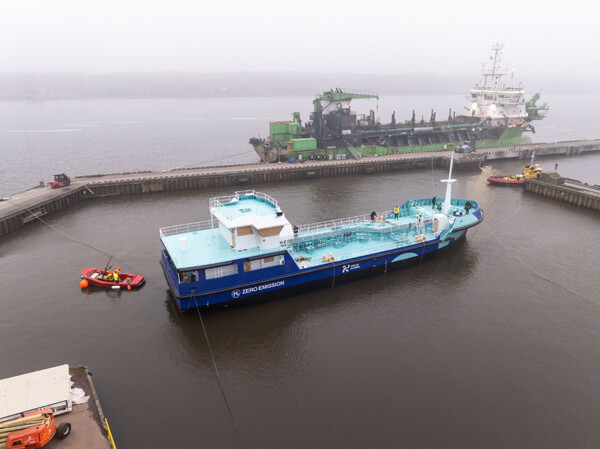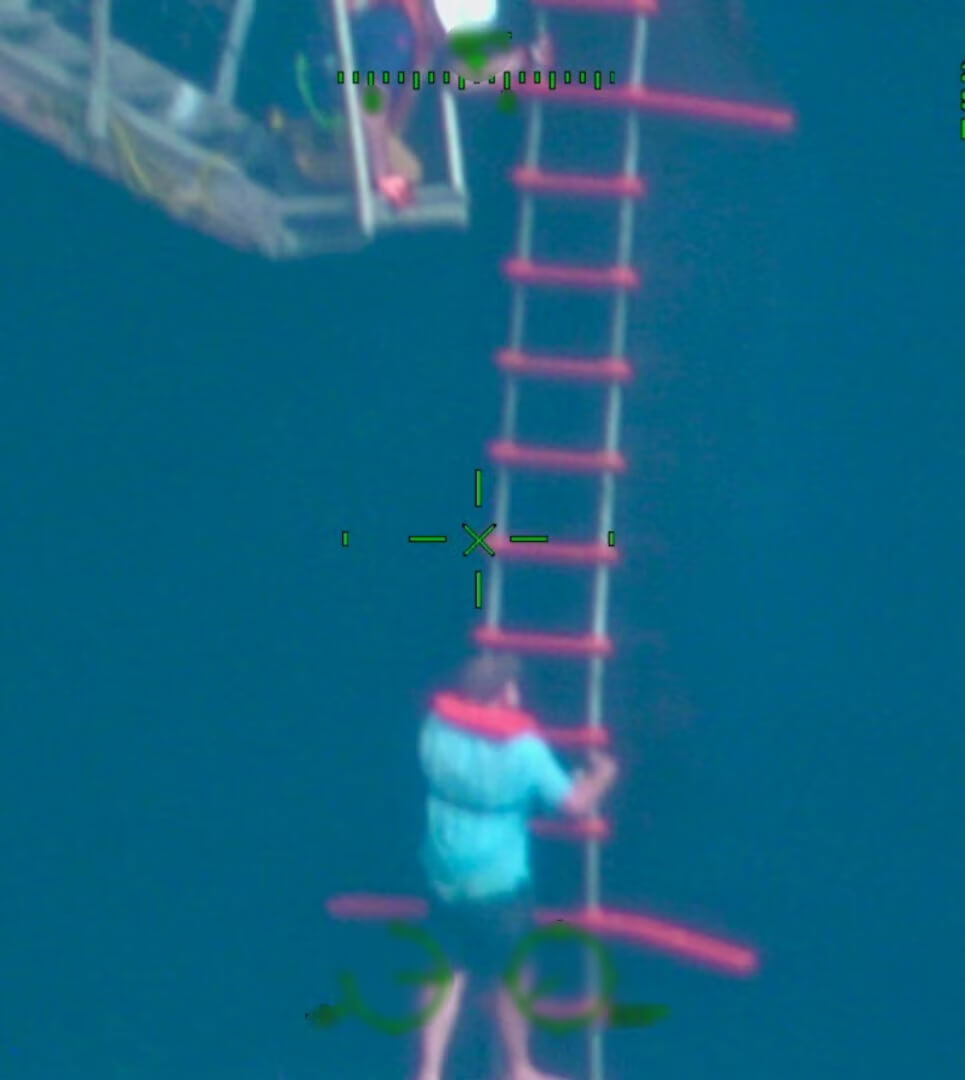BASSnet Web 3.0 Launch Modernizes Ship Management
BASS Software has launched BASSnet Web 3.0, the cutting-edge web solution designed to transform ship management operations. By transitioning to a scalable, web service and cloud-based web architecture, BASSnet Web paves the way for unmatched operational efficiency and modernization.
“BASSnet Web 3.0 represents the future of ship management, offering the latest in web-based technology,” says Per Steinar Upsaker, CEO & Managing Director at BASS Software. “We are proud to deliver a modern, intuitive, and powerful platform that enables our customers to navigate today’s challenges while preparing for the future.”
BASSnet Web: The Future of Ship Management
BASSnet Web is more than an upgrade – it’s a comprehensive and fully native SaaS solution that delivers unmatched benefits to maritime stakeholders:
• Future-Proof SaaS solution: A scalable, cloud-based solution hosted in Microsoft Azure, built for resilience with advanced containerized technology and robust high availability/disaster recovery (HADR).
• Intuitive User Interface: Seamless cross-modular processes and enhanced design simplify fleet-wide operations and offer a highly flexible user experience.
• AI & Automation: Harness automation and machine learning to drive operational efficiency.
• Powerful Analytics: Gain smarter insights to inform decisions with
advanced business intelligence dashboards, with upcoming AI-driven
analytics for deeper trend analysis.
• High Responsiveness: Optimized performance for smooth and quick data management, even across long geographical distances.

Unparalleled Cybersecurity and Compliance
Strong cybersecurity and compliance form the bedrock of BASSnet Web. Applying zero-trust security, BASSnet adopts all the latest security protocols, encryption algorithms, and best-practice security measures recommended for cloud solutions.
BASSnet also pays the highest attention to continually align with stringent security frameworks such as NIST2. BASSnet’s operational and control excellence is reinforced by the ISAE 3402 Type II attestation. These assurances give customers the confidence they need to focus on their operations without worrying about system security.
Leading Maritime Innovation with SaaS
The launch of BASSnet Web 3.0 underscores BASS’s evolution into a pure SaaS company. This modern web solution is the culmination of cutting-edge technology and a fully browser-based approach that integrates advanced analytics, AI capabilities, and robust cybersecurity measures.
Innovation is the core of BASSnet’s mission. BASSnet Web 3.0 is a testament to this ethos, providing maritime businesses with the advanced SaaS system to achieve operational excellence. With this milestone launch, BASSnet is set to elevate ship management to new heights.
This article is sponsored by BASSnet. For more information visit the company

